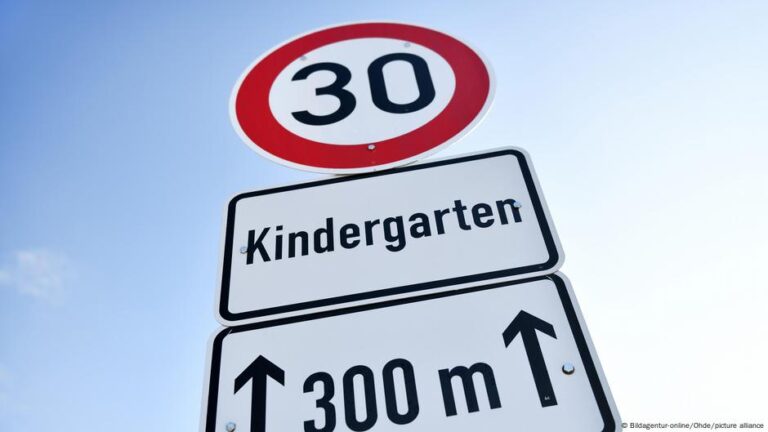Zero. That is the number of people killed in traffic accidents in Helsinki, Finland, during the last year.
Other cities have achieved this feat, such as the Norwegian capital, Oslo, in 2019. However, Helsinki, which has almost 690,000 people, is among the largest cities to do so. Its most recent traffic fatality was in July 2024.
The Finnish capital’s road toll has been substantially lower than that of other European capitals, both in absolute terms and per capita.
It recorded four traffic fatalities in 2024, 0.59 per 100,000 inhabitants, until early July. By comparison, Berlin recorded 1.45 per 100,000 and London 110. Oslo, which is only slightly larger than Helsinki, had 0.56.
According to Roni Utriainen, a traffic engineer and road planner for the City of Helsinki, several reasons contributed to the success. Atop the list is the reduction of speed limits to 30 kilometers per hour (18.6 miles per hour).
Although a 30 kmph speed limit is not uniform around Helsinki, it is implemented on more than half of the city’s streets, Utriainen said. Helsinki also lowered speed limits around schools to 30 kmph earlier this summer to protect children on their way to school.
“I think it is one of the key measures. Only reducing speed limits is not a sufficient measure, but it is still important,” Utriainen told DW.
Helsinki’s goal is for no traffic fatalities by 2050
Helsinki’s achievement aligns with the European Union’s “Vision Zero” program, which aims to reach as close to zero road fatalities as possible by 2050.
To reach that goal, Helsinki’s city administration began a Traffic Safety Development Programme to make the city’s streets safer and more socially responsible.
Helsinki wants to identify the most important routes for child, pedestrian and cyclist safety and rebuild its infrastructure accordingly. This involves reconstructing bike paths and street lighting, improving guidelines and networking with other cities and institutions.
According to Utriainen, increasing public transport use, which removes cars from the roads, is also a priority.
Data to prevent accidents
Helsinki collected crash and driving speed data and resident feedback to identify dangerous sections of road or accident blackspots.
It helps traffic planners understand how the city’s traffic works and where changes need to be made. It can also be used to plan street and pedestrian crossings, bike paths and public transportation.
Hagen Schüller, a traffic planner and engineer at PTV Transport Consult in Berlin, said that considering many data points was important when undertaking modern traffic planning. But it’s a complex undertaking.
“You have to take a lot of factors into account. That makes road safety very complex,” Schüller told DW.
“In most big cities, there are traffic control centers where the whole city’s traffic is monitored via sensors, cameras and detectors.
“You can’t control every factor, like bad weather, but removing one creates a buffer, and the accident doesn’t happen.”
Traffic control is important to check and improve the success of these actions. Coordinating between the city and police has enabled Helsinki to enforce traffic rules and control city speeds.
“Speed enforcement is one important measure to address actual driving speeds,” Utriainen told DW.
“The police are responsible for speed enforcement in Finland, but the city is responsible for building fixed control points, which the police operate.”
There are now 60 fixed control points with speed cameras around Helsinki, mainly on roads with a speed limit of 40 kmph or more.
“We have found that the fixed control points reduce the proportion of excessive speeding in particular,” Utriainen said.
More innovation, but also more implementation
Schüller believes the future of traffic management could be automated and AI-driven.
He said automation, still in development, will emerge along with self-driving vehicles. If approved for use, these vehicles would send speed and location data to traffic control centers, which would return information about speed limits and disruptions.
Artificial intelligence, Schüller said, could be used to analyze pictures from traffic cameras to control traffic automatically.
Schüller is convinced that Vision Zero is possible and thinks Helsinki’s efforts are a model for medium-sized cities.
“Most cities that did that [achieve zero fatalities] are smaller, much smaller. The attention that Helsinki gets for that is justified,” Schüller said.
For other European cities, the challenge is overcoming local politics and opposition to road transformation.
Discussions about destroying parking spaces to build bike lanes, reducing speed limits or creating no-car areas are an everyday topic for many German cities. But the knowledge and the technology are already available, Schüller said.


